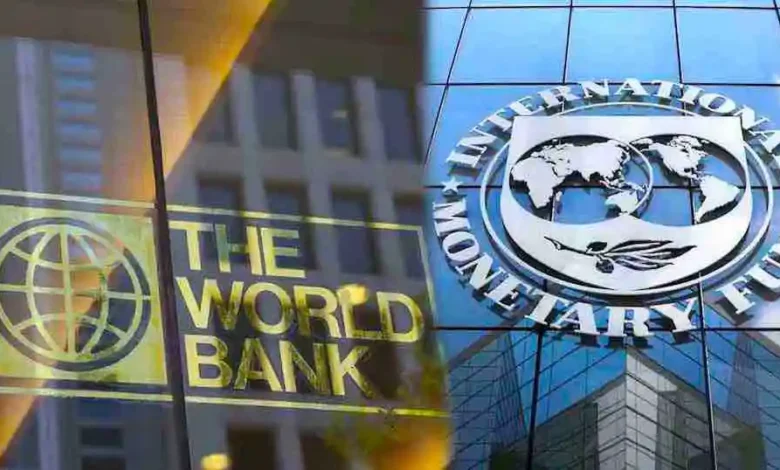IMF Projects Robust Global Growth, Continued Disinflation in 2025
U.S. growth outlook improves, while global inflation continues to ease

- IMF has slightly revised its global growth forecast for 2025
- It is projecting a 3.3% expansion, according to its latest World Economic Outlook (WEO) update for January 2025.
- Global headline inflation is expected to decline further, reaching 4.2% in 2025 and 3.5% by 2026
The International Monetary Fund (IMF) has slightly revised its global growth forecast for 2025, projecting a 3.3% expansion, according to its latest World Economic Outlook (WEO) update for January 2025.
This forecast remains below the historical average growth rate of 3.7% recorded between 2000 and 2019.
The modest adjustment is primarily driven by an improved outlook for the United States, which helped offset downward revisions for other major economies.
However, the forecast highlights ongoing economic challenges, including tighter financial conditions, geopolitical tensions, and inflationary pressures.
Global headline inflation is expected to decline further, reaching 4.2% in 2025 and 3.5% by 2026. The IMF noted that advanced economies are likely to meet their inflation targets sooner than emerging market and developing economies, pointing to divergent recovery paths.
“Global growth is projected to remain at 3.3% in both 2025 and 2026, below the historical average of 3.7% between 2000 and 2019. The 2025 forecast has been slightly adjusted upward due to a stronger outlook for the U.S., though this has been counterbalanced by downward revisions in other major economies,” the report stated. “Global headline inflation is anticipated to fall to 4.2% in 2025 and further to 3.5% in 2026, with inflation converging back to target in advanced economies sooner than in emerging markets.”
The IMF also cautioned that policymakers must strike a delicate balance between controlling inflation and supporting economic growth in a post-pandemic world.
The report acknowledged that medium-term risks are tilted to the downside, with near-term risks diverging. While the U.S. could experience stronger growth, other regions face downside risks due to policy uncertainty.
“Policy disruptions to the disinflation process could hinder the shift to easier monetary policies, affecting fiscal sustainability and financial stability. To manage these risks, it is crucial to focus on balancing inflation control with economic activity, rebuilding economic buffers, and driving medium-term growth through structural reforms and stronger international cooperation,” the IMF concluded.





